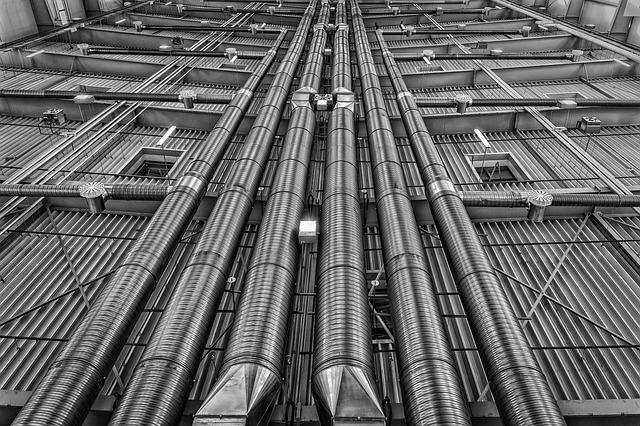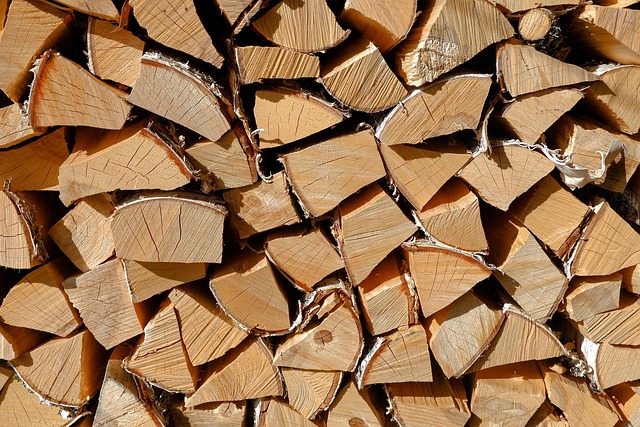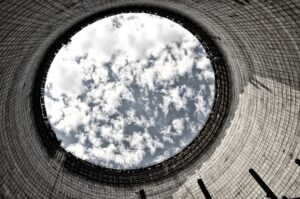Traditional water heaters with storage tanks suffer from significant standby heat loss, leading to high energy consumption and increased utility bills. Tankless water heaters, also known as on-demand or demand heaters, revolutionize heating by eliminating the need for storage tanks. These systems heat water only when needed, minimizing heat loss and saving energy. With space efficiency, increased lifespan, and customizable options, tankless heaters offer both environmental and financial benefits. By replacing traditional storage heaters with tankless models, homeowners can reduce energy waste, decrease carbon emissions, and lower utility costs.
Discover the innovative solution to reduce energy consumption and say goodbye to standby heat loss with tankless water heater systems. This advanced technology offers a compelling alternative to traditional storage tanks, minimizing waste and maximizing efficiency. In this article, we’ll explore how tankless heaters operate, their remarkable ability to cut down on heat loss, and the diverse benefits they bring, from significant energy savings to improved sustainability.
- Understanding Standby Heat Loss in Traditional Water Heaters
- Introduction to Tankless Water Heater Technology
- How Tankless Heaters Minimize Heat Loss
- Benefits of Eliminating Standby Heat: Energy Savings and Beyond
- Implementation and Maintenance Tips for Tankless Water Heater Systems
Understanding Standby Heat Loss in Traditional Water Heaters

Traditional water heaters with a storage tank experience standby heat loss, a significant energy drain. Even when not actively supplying hot water, these tanks maintain a constant temperature, leading to substantial heat evaporation through their insulated tops and sides. This process occurs because hot water is more volatile than cooler water; as it rises to the top of the tank, it escapes into the surrounding environment, effectively losing its heat energy. Standby heat loss accounts for a considerable portion of a household’s overall energy consumption, often resulting in higher utility bills.
This issue is especially pronounced in colder climates where temperature differences between the hot water and outdoor conditions are more drastic. To combat this, many modern alternatives, such as tankless water heaters or on-demand water heating systems, have emerged. These innovations heat water only when needed, eliminating unnecessary energy usage and reducing standby heat loss associated with traditional storage water heaters.
Introduction to Tankless Water Heater Technology

Tankless water heater technology has revolutionized the way we heat our water, eliminating the need for a traditional water heater tank. Unlike storage water heaters that maintain a constant hot water supply by holding a large volume of water in an insulated tank, tankless heaters provide hot water on demand. When a hot water faucet is turned on, cold water flows through the unit, heating it instantaneously as it passes through a heating element or heat exchanger. This eliminates standby heat loss, where traditional systems lose energy by keeping water heated at all times, resulting in significant energy savings over time.
This innovative approach to water heating offers numerous benefits for both residential and commercial applications. Tankless heaters take up less space, are more efficient, and have a longer lifespan than their tanked counterparts. They also contribute to a reduced carbon footprint due to lower energy consumption, making them an eco-friendly choice. With various options available, including gas tank heaters and electric tank heaters, homeowners and businesses can choose the most suitable system based on their specific needs, ensuring efficient hot water supply without the drawbacks of traditional storage water tanks.
How Tankless Heaters Minimize Heat Loss

Tankless heaters, also known as demand or on-demand water heaters, revolutionize traditional water heating by eliminating the need for a conventional water heater tank. Unlike storage water heaters that constantly maintain hot water in a hot water tank, tankless models heat water only when needed. This innovation minimizes standby heat loss—a significant energy waste common in tank water heating systems.
When you turn on the tap or shower, cold water flows through the pipe, triggering the heater’s element. Instantly, hot water is produced, delivered directly to the faucet. With no hot water storage or residential water tanks required, this process significantly reduces heat loss through pipes and prevents temperature drops, ensuring a consistent, efficient flow of hot water without the bulky apparatus of traditional gas tank heaters or electric tank heaters.
Benefits of Eliminating Standby Heat: Energy Savings and Beyond

Eliminating standby heat from a water heater tank offers more than just energy savings—it’s a game-changer for both your wallet and the environment. Traditional storage water heaters continuously maintain a hot water supply, even when not in use, leading to significant heat loss through the tank and its insulation. This not only translates to higher energy bills but also contributes to carbon emissions. By adopting tankless water heating systems or alternative water storage systems, you cut off this constant demand for heat.
This shift has broader implications, beyond mere financial benefits. Reducing hot water tank capacity and eliminating the need for gas tank heaters or electric tank heaters means less strain on energy resources. Additionally, it can lead to a decrease in water waste as these systems provide hot water only when needed. For residential water tanks, this transition is more than just an upgrade—it’s a step towards sustainable living and a smarter approach to home energy management.
Implementation and Maintenance Tips for Tankless Water Heater Systems

Implementing a tankless water heater system is a straightforward process, typically involving the replacement of your traditional storage water heater. This innovative alternative eliminates the need for a constant hot water supply, reducing energy consumption and standby heat loss. During installation, it’s crucial to ensure proper ventilation and follow local building codes. Many modern tankless heaters can be powered by gas or electricity, with models suitable for both residential and commercial use.
Maintenance is key to keeping your tankless heater efficient. Regularly inspect connections for leaks and ensure the unit is properly ventilated. Since these systems heat water on demand, they require less frequent maintenance compared to traditional storage water heaters. Keep an eye on the temperature settings, as optimal adjustments can maximize energy efficiency. With proper care, a tankless water heater can significantly reduce utility bills and lower your environmental footprint.
By adopting tankless water heater technology, homeowners can significantly reduce standby heat loss, resulting in substantial energy savings. This innovative approach eliminates the need for a storage tank, minimizing energy wastage and lowering utility bills. With their compact design and on-demand heating, tankless heaters offer a more efficient and cost-effective solution, making them an eco-friendly choice for modern households. By embracing this game-changing technology, folks can experience the benefits of hot water on demand while contributing to a greener future.






